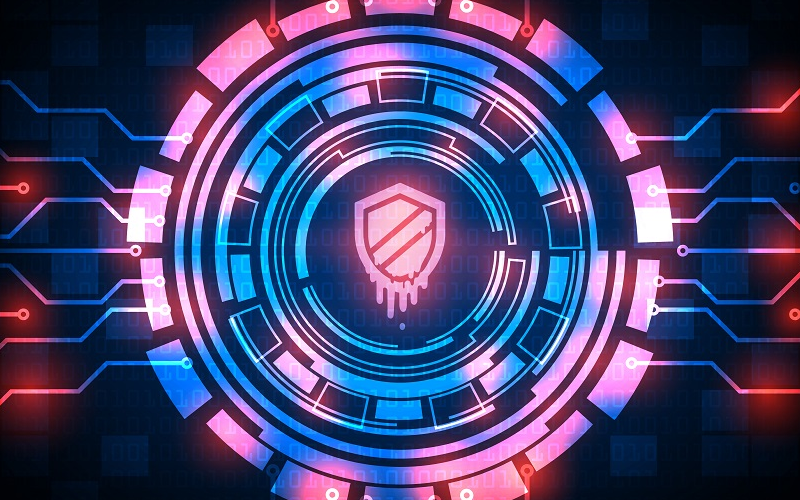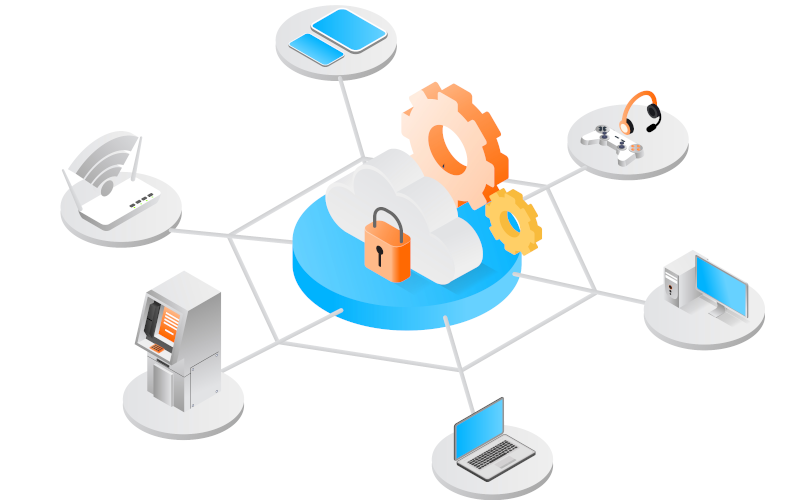
The increase of malware specifically designed to run on systems that support industrial processes creates a need in the industry that can be partly covered by different technological solutions. This article will focus on the different options available on the market to detect malicious files that aim to modify the operation of industrial environments or simply cause denials of service.
Both portable and agent-deployed solutions can be an option, and this article will reflect on these and other options as well as provide guidelines on when it is best to use one solution or the other.

The evolution of communications in society is also having an impact on the industrial world. With the arrival of 5G, many industrial companies have considered migrating some of their communications to take advantage of the characteristics of this new mobile communications band, such as the reduction of latency times, the increase in connection speed or the exponential increase in the number of devices that can be connected to the network. These characteristics fit perfectly with the industrial mentality, where there are a multitude of interconnected devices between which there cannot be a communication cut due to the criticality of the processes they implement.
This article aims to comment, in addition to all the advantages that 5G provides to the industry, the different uses that can be given currently and the complexity of implementing these communications in some devices for subsequent deployment in the industry. Also, to specify possible vulnerabilities in communications using 5G networks.

External access provides great convenience to workers, as it allows them to access any industrial equipment deployed in the field from the office or even further away. However, this type of access can pose a number of security problems for the company. This article reviews the main problems and how to solve them.

Within the industrial world, systems can be detected that do not have all their cybersecurity capabilities activated. This can occur for a variety of reasons, but if detected, each case must be analyzed to get the most out of each device.
The ability to robustly configure programs, services or other nuances within industrial systems is called bastioning and allows, among other things, to prevent assets from having a large exposure to the network or the solutions deployed in the system from having vulnerabilities resulting from misconfiguration.
In this article, we will begin by explaining what hardening is and how to apply it to our industrial network, along with some good practices to follow.

In recent years, the constant technological evolution has made possible a large number of advances that would have been unthinkable years ago. In industrial environments, one of the latest developments that promises to stand out and is here to stay are virtual PLC.
The virtualization of these controllers will make it possible to decouple the hardware from the software, i.e. the software will be installed in the engineering stations, while the hardware will remain in another area outside the production area.

IDSs are passive elements that are in our network to ensure its security, but what would happen if all our communications were encrypted, or would this protection measure be enough to ensure that my network is protected? These questions and more will be discussed in the following article to provide solutions and advice focused on industrial environments.

The Industrial Internet of Things (IIoT) has experienced considerable growth in recent years, providing crucial improvements. However, it also has some limitations in terms of consumption, security, cost or scalability. In this blog, we will see how the appearance of LoRaWAN in this area can solve part of those limitations.

The growth of cyberattacks suffered in the industrial world is very worrying, since it is a sector that until recently the vast majority of its devices were not connected to the Internet, so the implementation of cybersecurity had never been thought of.
But with Industry 4.0 all that has changed, since almost all devices are interconnected or have Internet connection creating many advantages, but also some problem.
That is why experts in this field have seen the need to improve and implement cybersecurity in the industry, for this they have created different models and applications. Some of these can be seen in the following article.

With the industrial revolution of Industry 4.0, industrial processes have become more intelligent, and this has led to the deployment of a greater number of devices.
All these deployments usually have a common point, being the gateways, which, after being deployed, are responsible for the translation of some protocols to the TCP/UDP frame or simply send the information to the cloud.
Being a point that gathers a large amount of data and capable of providing intelligence to industrial processes, industrial gateways have become a very desirable target for attackers.

Currently, there is a constant evolution in the technologies and implementations made in Industrial Control Systems. On one hand, some of the most common implementations for the improvement of industrial systems infrastructures are digitalization and the use of cloud technology. On the other hand, the increase in communication protocols and IIoT devices (due to the growth of the Industry 4.0) generates a large volume of traffic that is difficult to control and secure.



